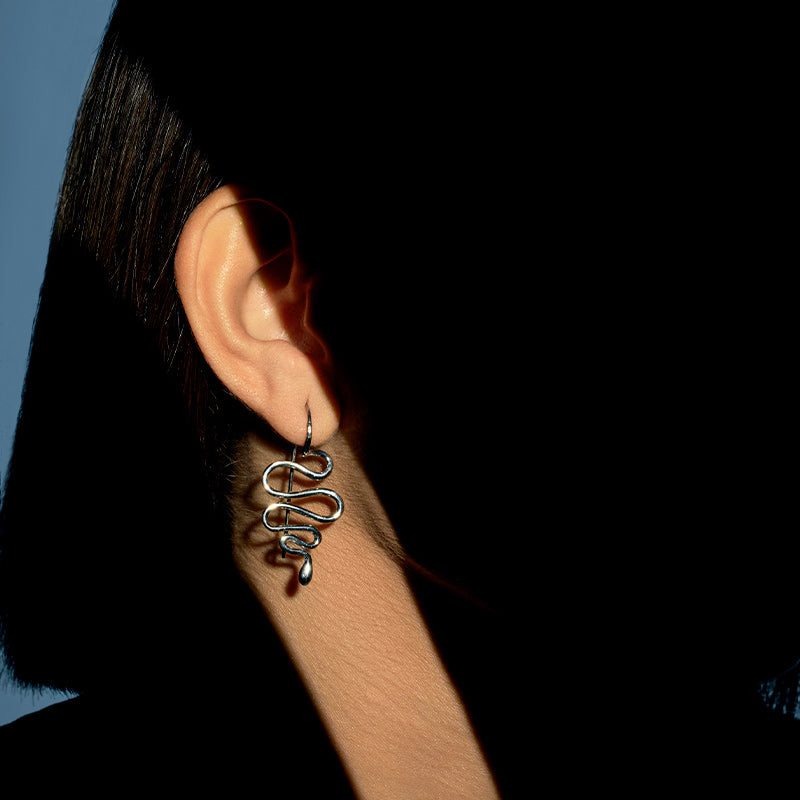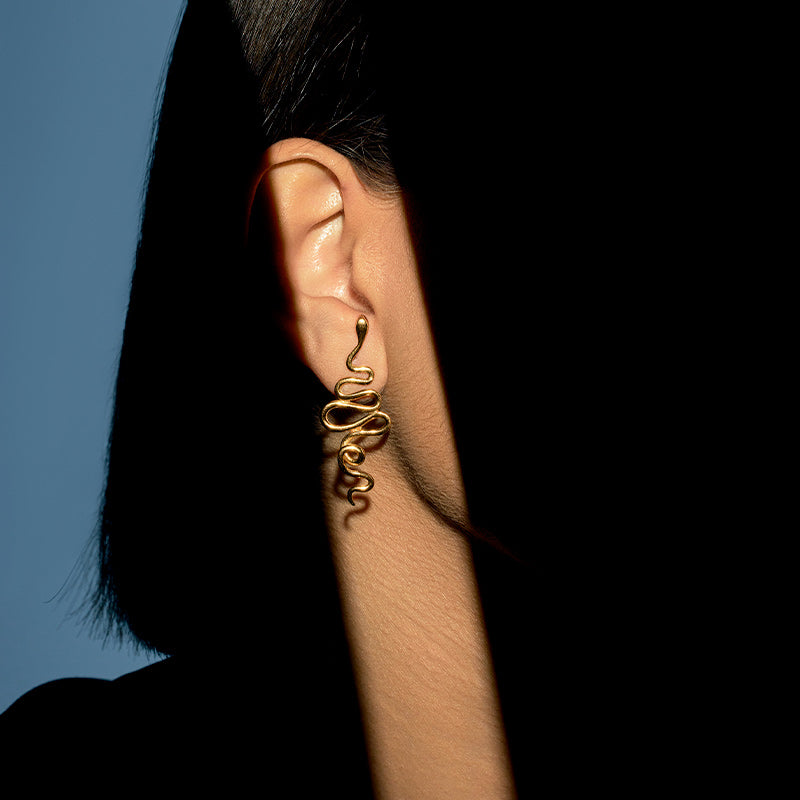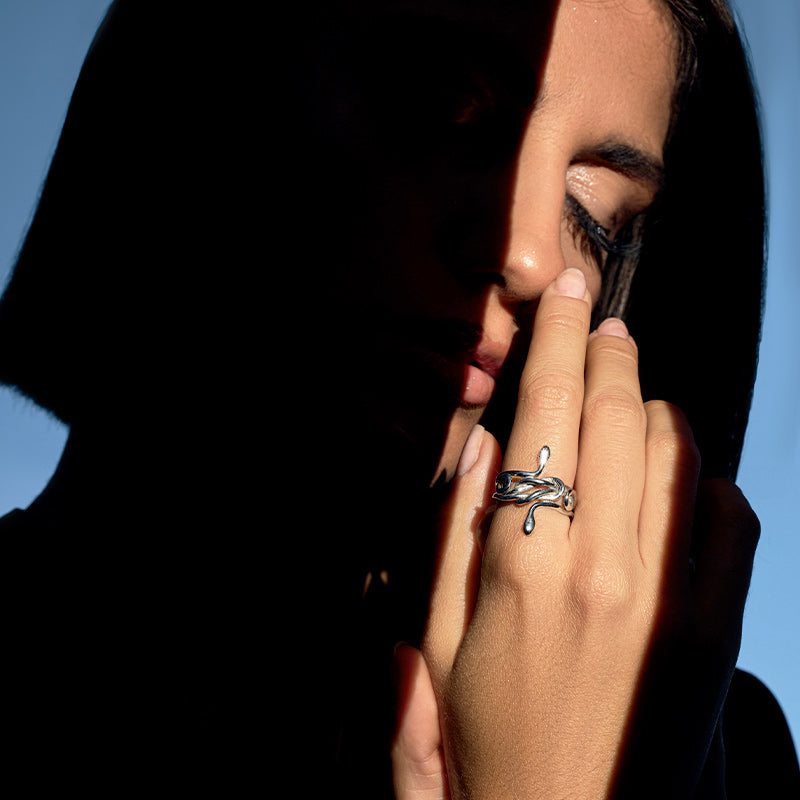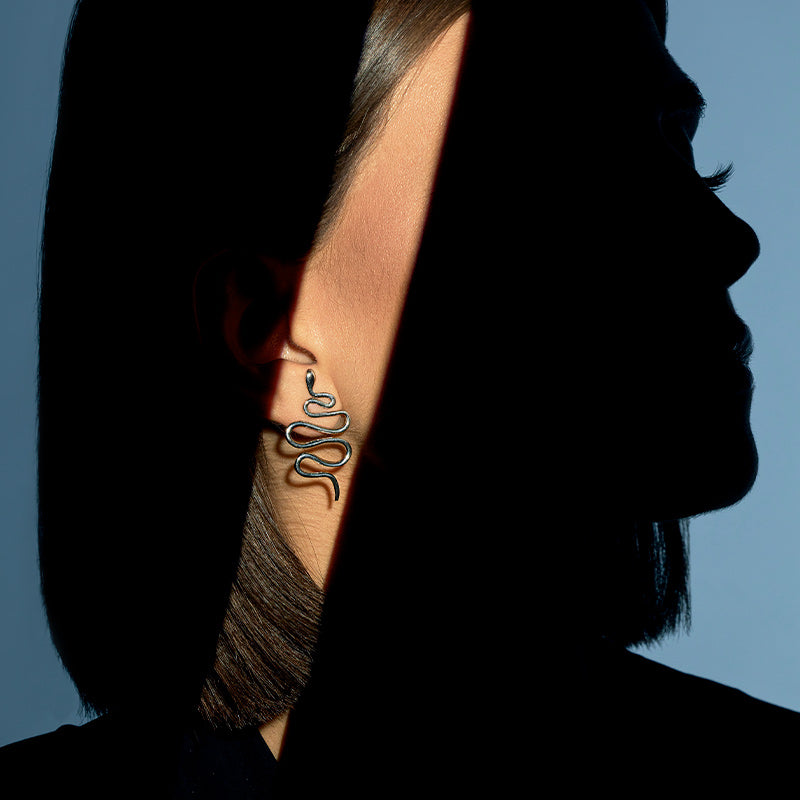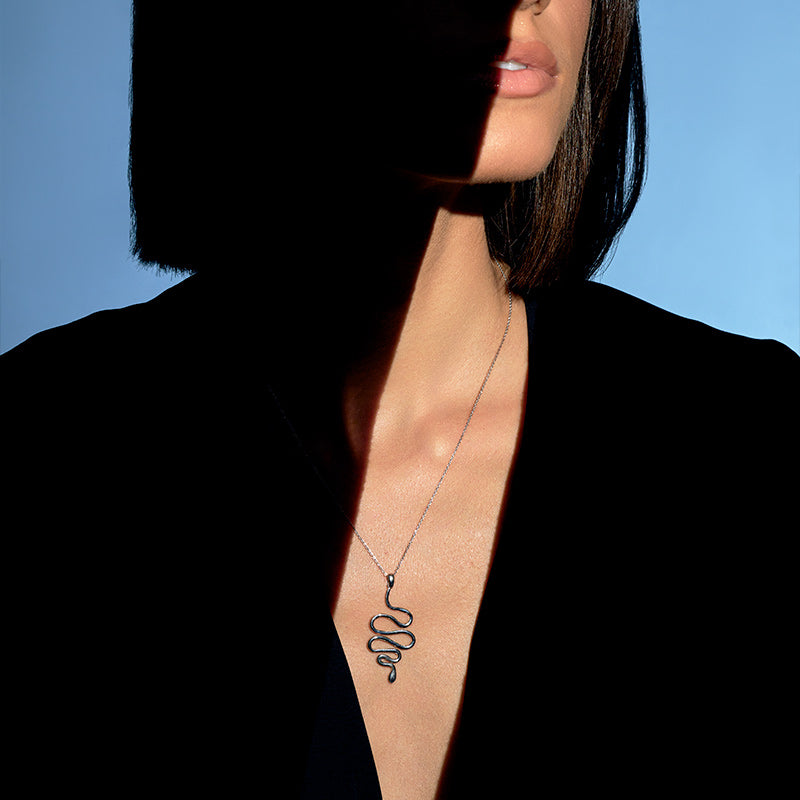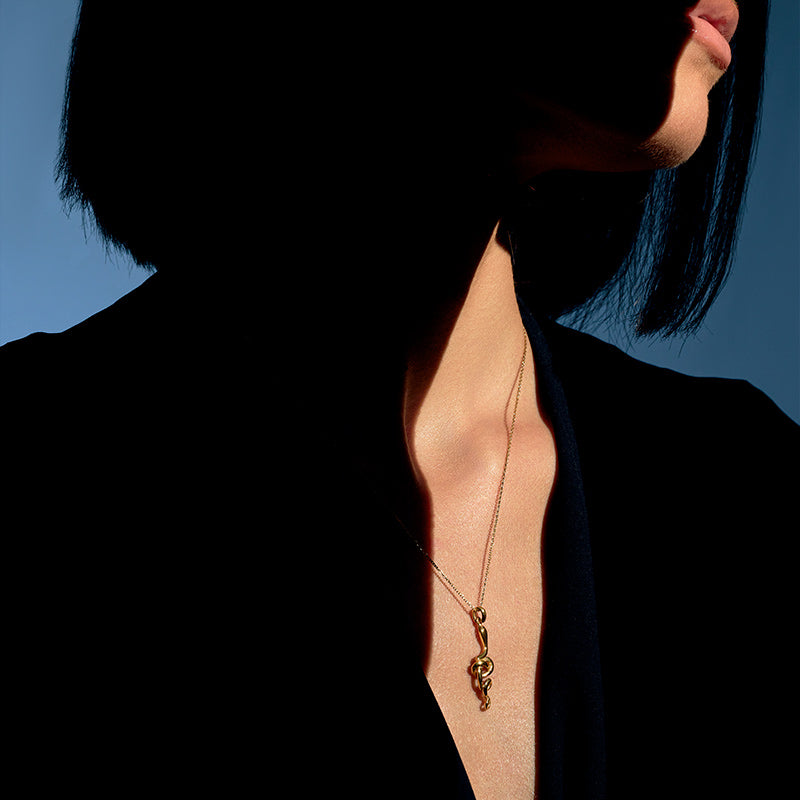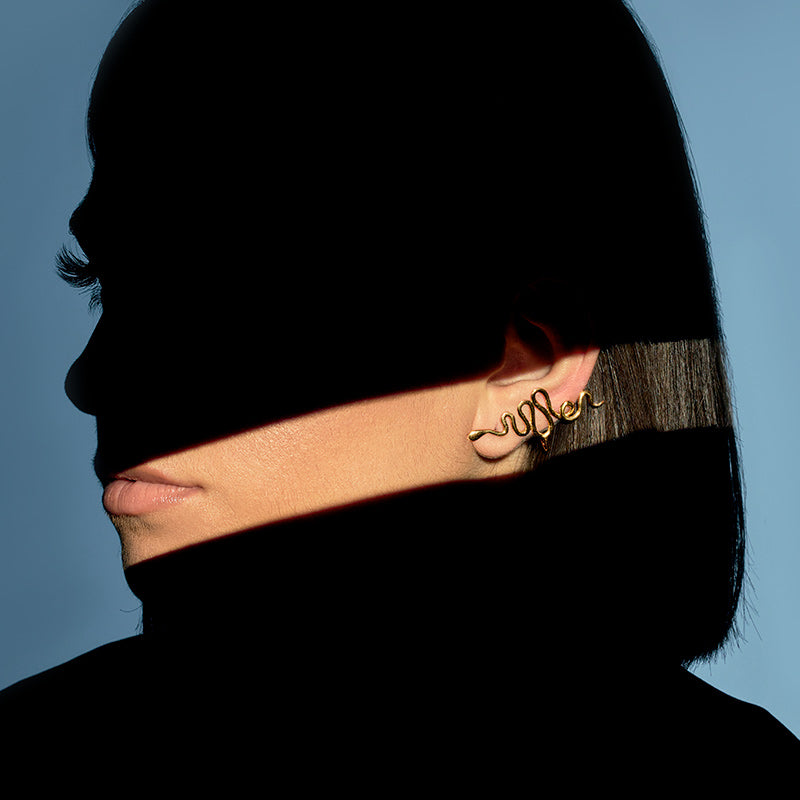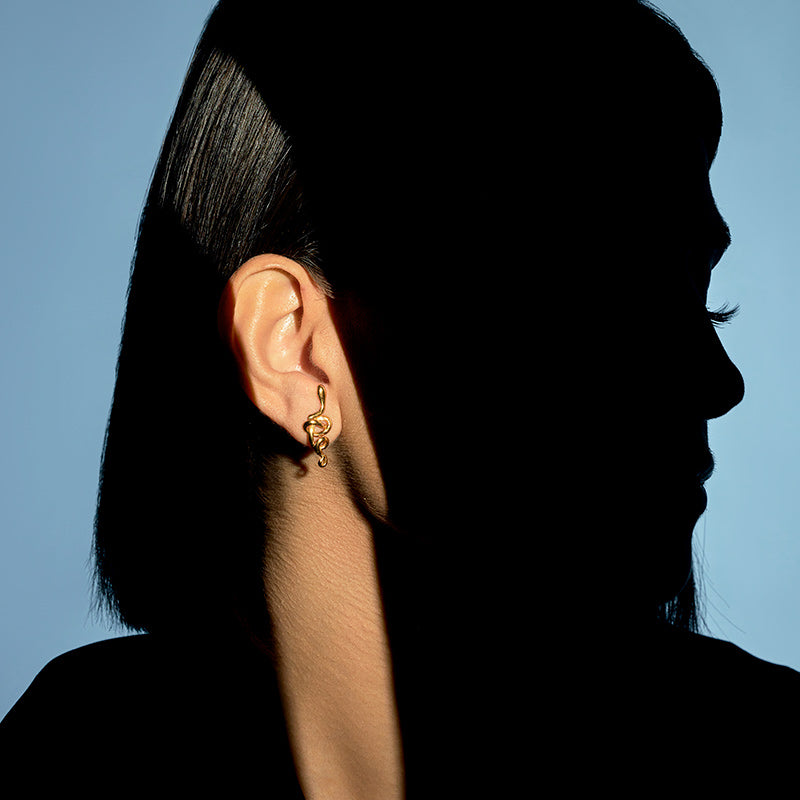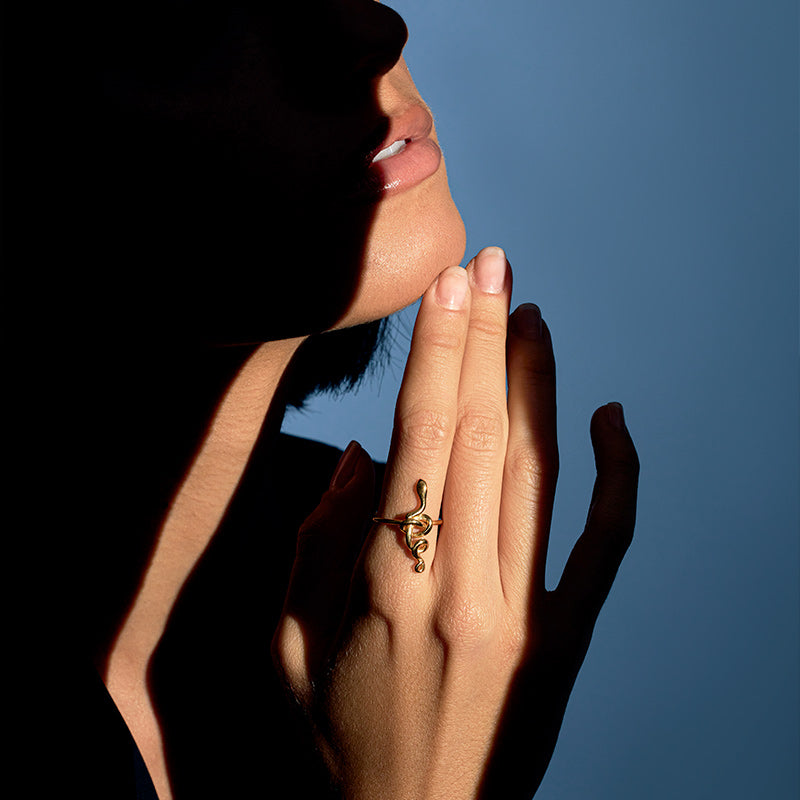
OPHIOLATREIA
As if emerging from a ritual in Crete, Thrace, Arcadia, and Delphi, Ophis, the serpent, transforms into a perpetual symbol that digs its roots deep into ancient Greek culture. The eternal antithesis between light and darkness, the legends, and wisdom of its iconic figure are symbols of the bewildering cycle of life, the beginning and the end. The many-sided personality of the serpent is worshipped as an authoritative deity that is a symbol of important gods and goddesses, a deity that valiantly embodies the spirit of medicine, gods, occult rituals, and homestead.
Its history takes us back to the primordial Hellenic mysteries and to Olympias, the mother of Alexander the Great and high priestess of the Cabeirian Mysteries of Samothrace, and also to the women of Edonis, the ancient Thracian city, where, at the foothills of Haemus Mons, they took part in orgiastic ceremonies, mimicking the movements of serpents and wearing them as bodily ornaments while reciting hymns and invocations to the god Dionysus.
The OPHIOLATREIA collection is inspired by the characteristics of the serpent’s human aspects, which, on the one hand, symbolize healing, transubstantiation, and the power and wisdom of the sages and, on the other hand, the poison of human and divine ego, the forces of malice, destruction, and the mysteries of the soul.
The jewels in this collection, through their minimalism, reawaken the divine call of Dionysus and the cries heard during the Bacchanalia – Evoe, Sabae, Hues Attes, Attes Hues – in the city of Edonis.






